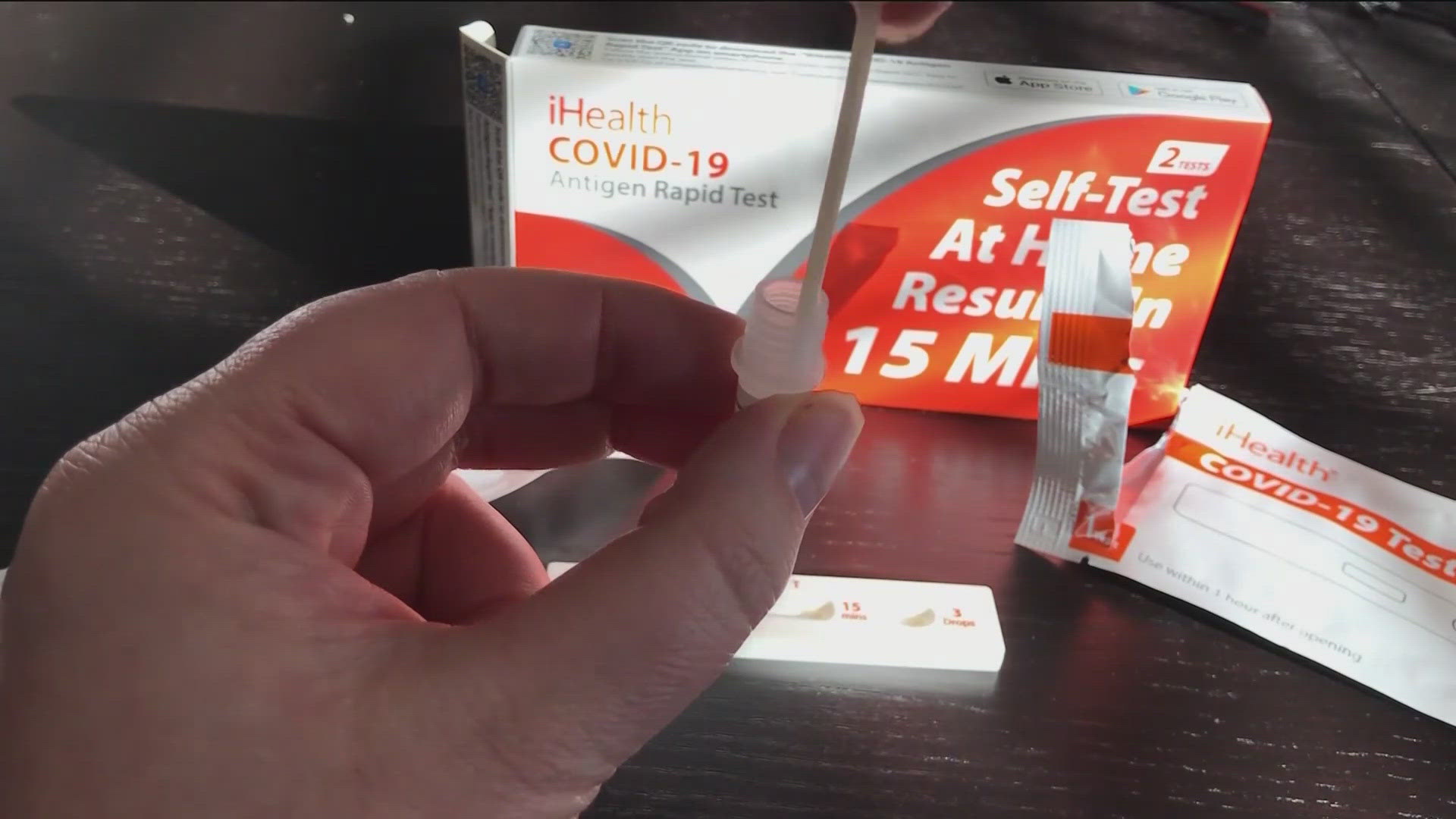COLUMBUS, Ohio — Ohio health officials say the rise in COVID-19 cases and the spread of the delta variant is being made worse by an unexpected summer surge in respiratory viruses among children.
Ohio Department of Health Director Dr. Bruce Vanderhoff held a news conference Monday with leaders from Ohio children's hospitals. More children are being hospitalized due to complications with rhinovirus, parainfluenza virus and respiratory syncytial virus - all of which are typically not seen in the summer.
"Combined with COVID, this is a recipe for disaster," Vanderhoff said. "It's likely the worst is ahead of us."
Vanderhoff said there are reports in other parts of the country of children being infected with COVID-19 and RSV at the same time. He said now is not the time to stop using safety measures like wearing a mask.
"As we send children back to the classroom, we have to keep them safe and healthy," he said. "The very best way to protect them is vaccination. For younger children not eligible, the people around them can insulate them by choosing to be vaccinated."
Rhinovirus and RSV are similar to the common cold. Most children contract RSV in the first few years of their life, but it can be a serious problem in toddlers and babies who were born pre-term or with lung conditions.
Dr. Michael Forbes, of the Akron Children's Hospital, said masking and other safety measures are important because they work. Last year, the state saw very few upper respiratory cases when people were masking up.
"Once we lifted restraints and people interacted again, we saw RSV," Forbes said. "A summer spike is very unusual. The positivity rate has been 40% in Akron. It's usually less than 1% this time of year."
Cincinnati Children's Hospital Chief of Staff Dr. Patty Manning-Courtney said her hospital is keeping a close eye on numbers in the south. She said not only are more children contracting COVID-19, but they are becoming sicker.
She said this trend started in the south and continues to move north into the Cincinnati area.
"A higher volume of sick children affects everything we do," Manning-Courtney said. "Our emergency room gets backed up. Our hospital beds become full. When our ICU units become full, we get very concerned about how we're going to care for our sickest patients."
The delta variant continues to drive up COVID numbers. In Ohio, the number of cases per 100,000 people over a 14-day span is approaching 300. Hospitalizations have increased five times since July.
"We can expect further increases in COVID-19 case rates driven by the highly dangerous and contagious delta variant," Vanderhoff said.



